4 Tips to avoid demolition attachments breakdown
10/31/21 - Able Tool and Equipment / Last updated on May 19, 2023

Prevention is always the best way to save money and avoid complications. It is essential to keep in mind that preventive maintenance and treating your attachments as part of the equipment is crucial to have the best results.
If a machine does not have the proper maintenance, it cannot work fully. But, the problem with many machine owners is that they ignore the relevance of the attachments. If small pieces are not optimal, the whole structure cannot run correctly.
In this article, we will show you 4 tips to avoid a breakdown in your demolition attachments.
1. Understand specific demands for each tool

The first step to start proper maintenance is to verify the maker's indications about how to do the correct servicing. Maintenance intervals are essential for the useful life of your demolition attachments.
Able Tool understand the importance of having the right tools for the job. That's why we offer a wide selection of construction machinery and equipment designed to meet your specific needs. From hand tools to heavy equipment, we have everything you need to tackle your next project with confidence. Cutting-demolition - Able Tool & Equip. - Connecticut & Mass in MA and CT, Hand-held concrete saw Cutting-demolition - Able Tool & Equip. - Connecticut & Mass Category MA and CT , Walk-behind saw Cutting-demolition - Able Tool & Equip. - Connecticut & Mass Category MA and CT , Electric hammers Cutting-demolition - Able Tool & Equip. - Connecticut & Mass Category MA and CT , Hydraulic splitters Cutting-demolition - Able Tool & Equip. - Connecticut & Mass Category MA and CT , Core rigs Cutting-demolition - Able Tool & Equip. - Connecticut & Mass Category MA and CT , Early entry saw Cutting-demolition - Able Tool & Equip. - Connecticut & Mass Category MA and CT , Ergonomic tool holders Cutting-demolition - Able Tool & Equip. - Connecticut & Mass Category MA and CT
Remember that some attachments can require more attention and maintenance, depending on several factors such as the intensity of operation and application. For example, in order to ensure proper breaker operation, it is advisable to remove the tool every 40 to 50 hours of operation and verify.
If the hammer is not leaking and your bushings are within spec, reseal the breaker anywhere from 350 to 500 hours and run it until your bushings are getting to the 90-95% wear mark. Take it down, replace the bushings, reseal and inspect. On the other hand, if your breaker has to stay idle for long periods of time, we would recommend resealing it on a yearly basis.
“Shears and processors are high-maintenance attachments,” says Greg Smith from Okada America. Checking the operator’s manual can help you find maintenance intervals, whether they are hourly, daily, monthly, or yearly. Additionally, the distributor representative provides all the necessary information about maintenance procedures and guides the final user and maintenance personnel when attachments are delivered.
When it comes to hydraulic breakers, grease and lubrication are key elements to avoid extra repairing costs and even a catastrophic failure. According to Greg Clinton, product service manager at Montabert, not checking the bushings on the breaker constantly and allowing those to get worn past serviceable limits can be catastrophic.
As Tom Schwind, business line manager at Epiroc, notes, you should replace the bushing before it gets to 100% wear, being 85% the ideal time. Lower and upper bushings can be worn out due to the heat caused by friction when the lubrication is not enough.
Considering how important lubrication is, autolube systems are recommended for mid-size and larger breakers. With Epiroc medium and heavy breakers, you can even have an autolube system included in the price that will probably get you 10 to 12 hours on the largest hammers. “Typically, once you get to 3,000 ft.-lbs., you cannot put enough grease by hand to the bushings to keep it washed and keep it lubricated,” says Clinton. “Heat will take up a good share of that lubrication. The heat is so great that you just cannot keep up.”
In preventive work, you must verify leaks. Sometimes these details are ignored because we hurry to complete a project, but this is an awful mistake. "You can also have a very sudden catastrophic failure with a breaker because the seal goes out, and it starts leaking oil," says Schwind. In those cases, in order to prevent more damage and greater repairing costs, it is necessary to stop and shut down the hammer immediately.
2. Ensure the perfect match
.png)
It is fundamental to properly match the attachments with the machines we have. If we don't have the proper combination, the result will be fortuneless, and we will require more frequent maintenance, or even worse, we will have to change pieces.
For instance, we have to verify the proper sizing in our elements. A common mistake is having an unsuitable sizing of the carrier and the accessory. If the attachment is small, it will be impossible to process the material based on type and size.
Moreover, if the attachment is too big for the carrier, it could harm hydraulic elements, boom, or carrier brackets. For this reason, don't forget to keep the maker's recommendations and follow the warnings mentioned in the manuals.
3. Proper storage is important
.png)
Properly keeping accessories is as important as the way we use them. When we check the manuals of our tools, they usually mention the proper short-term and long-term storage. When you pull out your accessories is crucial that you use a degreaser to remove some attachments' dirt.
Moisture can also be an enemy of your accessories. For this reason, try to keep it away. For instance, don't put a breaker laying on its back with the point up in the air to avoid water getting in.
Keep hoses capped if you are not using an attachment. “When you go to put it back on, clean off the fittings. Take some degreaser and get the dirt and debris away from it,” says Greg Clinton, Montabert.
To prevent any moisture from settling on your tool and migrating up into the bushing area, remember to make sure the mounting cap end is elevated above the front guide bushing so any moisture that does come down and settle on your tool does not migrate up into the bushing area.
Storage is fundamental if we want to give a long useful life to our equipment. So, don't hesitate to take all the actions to keep them in optimal conditions. For long-term storage you can put a cover over your tools, so you don´t necessarily have to move them indoors.
4. Hoses need special attention

Do not underestimate the importance of hydraulic hoses. If you do not have the proper use and maintenance of your hoses, their useful life can be reduced by a very significant percentage.
Remember that some factors that can play against your hoses are abrasion, high temperatures, and ozone. All these factors are present in a demolition environment and machines used for demolition have to oscillate between unloaded and maximum load conditions which put additional demand on hydraulic components.
The condition of the hoses is critical to guarantee reliable performance. Hence, beware of exposed wires because any harm to the reinforcement could cause a sudden failure. Corrosion can severely affect exposed wires and damage can be caused under the cover or in lower wire layers if moisture creeps along the wire path.
Looking for any weeping at the hose-coupling interface is important. Also, you should replace the complete assembly if enough oil is present to create a drip. Finally, verify the exterior parts of the hose bend, where the cover is under the most stress, for any signs of ozone cracking or weathering.
The right setting-up of hoses coupling is essential to get the proper assembly performance. The process of assembly of the hose has a lot of contamination in different ways, so it is essential to clean them properly. To reduce the contamination risk, cap the hose immediately after assembly and cleaning. If you want to minimize downtime and maintenance costs, consider cleaning the hose assemblies after crimping.
Are you tired of unreliable machinery and equipment slowing down your construction projects? Look no further than Able Tool! We offer a wide selection of high-quality construction tools and equipment designed to maximize your productivity and ensure your project is completed on time and on budget. Excavators - Able Tool & Equip. - Connecticut-Massachusetts in MA and CT, Micro Excavators - Able Tool & Equip. - Connecticut-Massachusetts Category MA and CT , Mini Excavators - Able Tool & Equip. - Connecticut-Massachusetts Category MA and CT , Midi Excavators - Able Tool & Equip. - Connecticut-Massachusetts Category MA and CT , Wheel excavators Excavators - Able Tool & Equip. - Connecticut-Massachusetts Category MA and CT , Battery excavators Excavators - Able Tool & Equip. - Connecticut-Massachusetts Category MA and CT







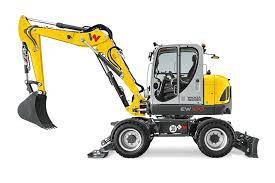

























































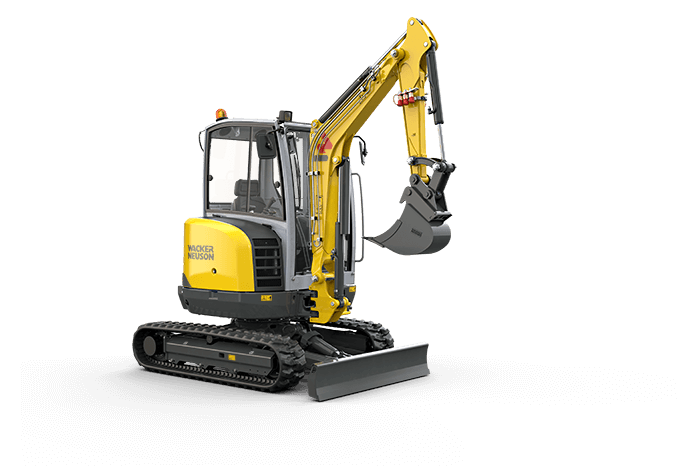






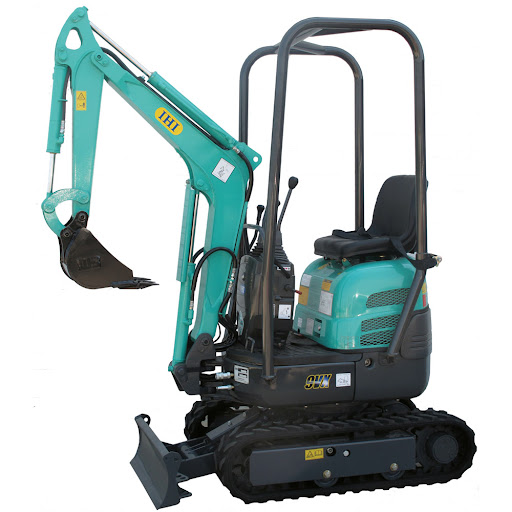







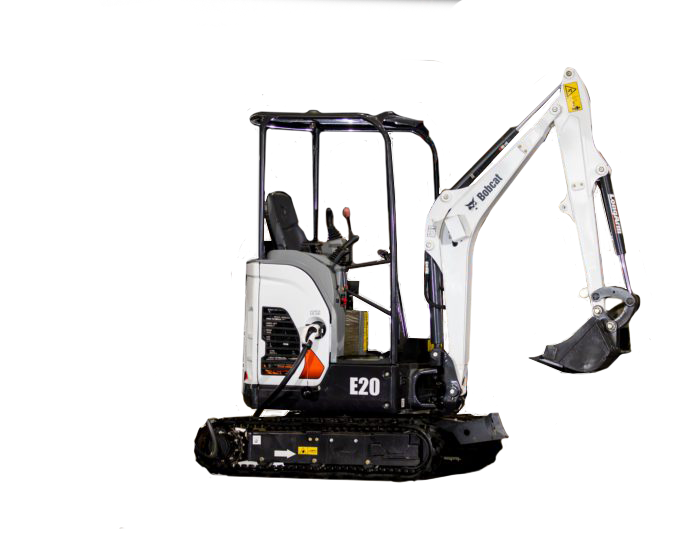












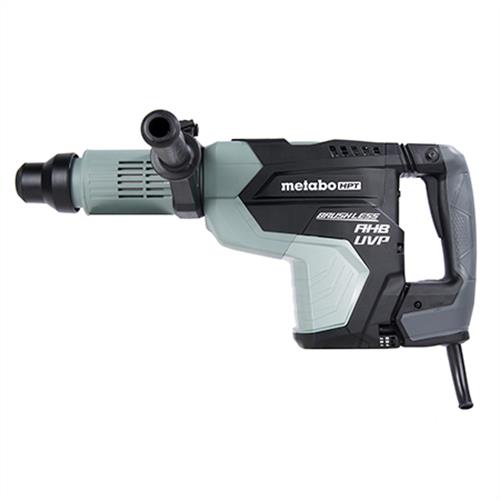
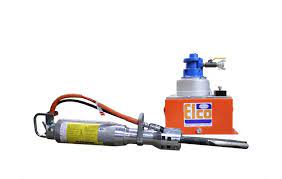





























































COMMENTS
Whitney Bakos
Whitney is a Digital Marketing Specialist on the Reviews Team for Gartner Digital Markets. Originally from Florida and a graduate of Florida State University, she now calls Austin, TX home. In her free time, she enjoys reading, writing, attending shows at Austin’s many renowned local music venues, and hiking with her dog.
NEW COMMENT
No comments yet. Be the first!
Comment on this article:
Comment Guidelines:
All comments are moderated before publication and must meet our guidelines. Comments must be substantive, professional, and avoid self promotion. Moderators use discretion when approving comments.
For example, comments may not:
• Contain personal information like phone numbers or email addresses
• Be self-promotional or link to other websites • Contain hateful or disparaging language
• Use fake names or spam content Your privacy is important to us.
Check out our Privacy Policy.